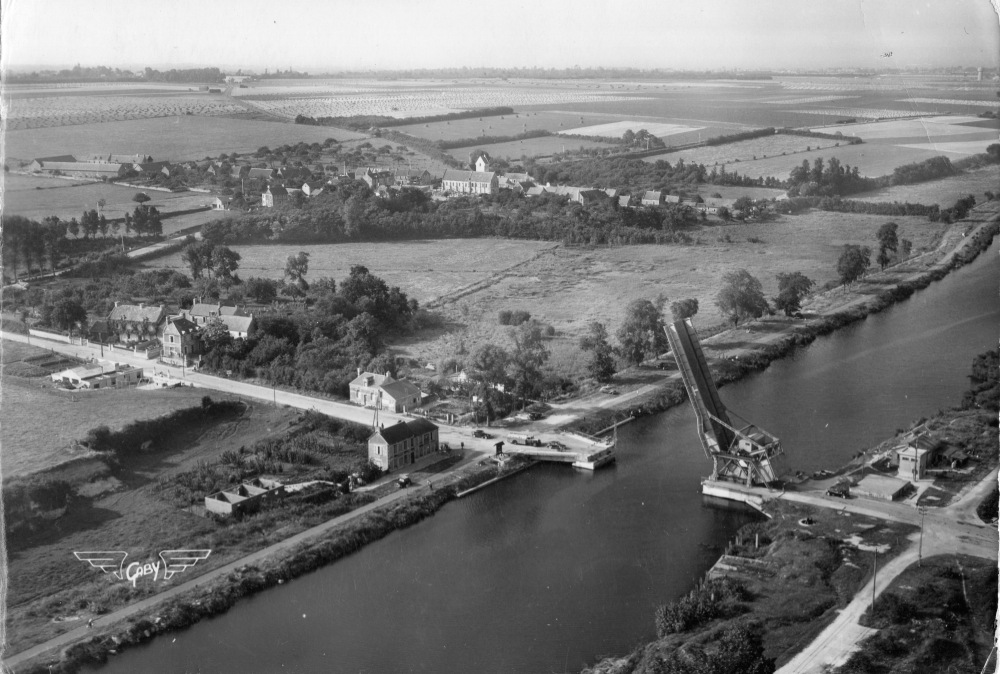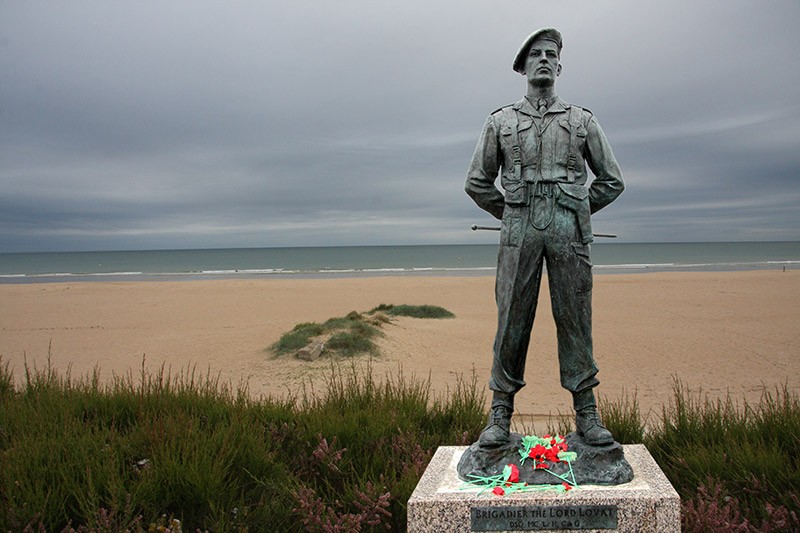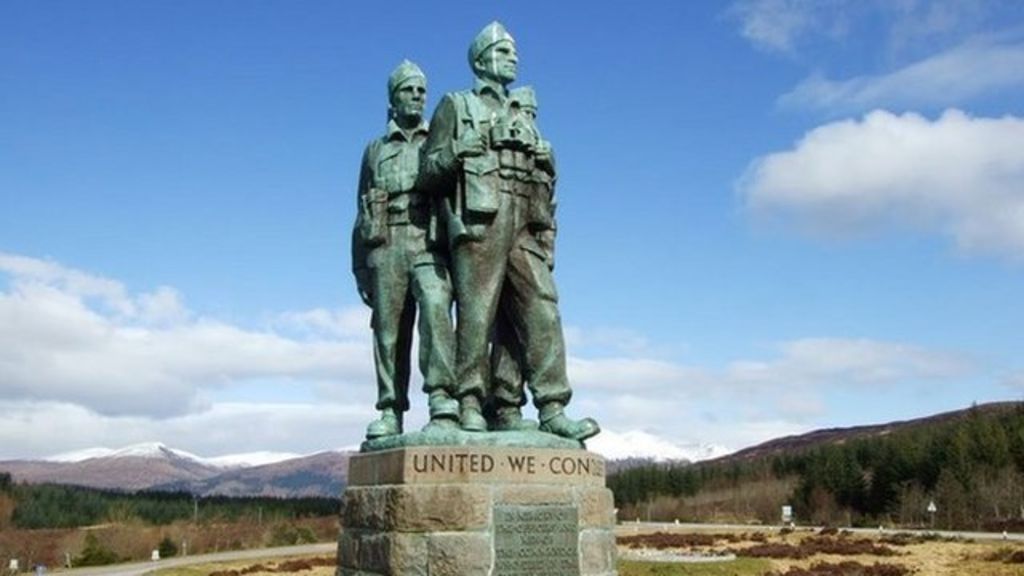Who were the Commandos?
The Commandos were raised in 1940 during the period of crisis that followed Dunkirk and were subsequently disbanded in 1946. All commandos were the best of the best, hand picked from every regiment of the armed forces, and all volunteers which bred a particular loyalty – One volunteer they say being worth 10 pressed men. And they were men from every quarter, allied and enemy nations, all classes and occupations stretching from poachers to peers. And to illustrate their potency, the Commandos aroused such passion of hate and fear in the heart of the enemy, that Hitler in 1942 ordered their slaughter when captured down to the last man.
Also worth mentioning is the no 10 inter allied Commando which held Norwegians, Belgians, Dutchmen, French, Poles, Jewish and ethnic germans, all of whom had suffered immeasurable hardships to reach England, only to renew their fight for freedom with the Commandos after watching the destruction of their countries and homes.
Layer onto all this the grulling training programs in the sunny Highlands, and it becomes easy to understand the remarkable reputation and respect the green berret still carries to this day.
D-Day, June 1944
On the 5th June 1944 at 11:15 pm the daily BBC radio bulletins read the key line from the famous French poem Chanson d’automne -by Paul Verlaine. “blessent mon coeur d’une longeure monotone”. This was the coded message to the French resistance to begin their sabotage, the invasion was coming within 48hrs. Armed frenchmen rose instantly to strike at rail tracks and goods yards, telephone lines and cables were attacked and destroyed everywhere.
And crucially for the front line troops who were now seaborne, pipes were cut that were designed to carry petrol to the beaches and set the sea on fire in the event of invasion, including one at Sword right behind us. Operation Overlord had begun, and over the next 6 days alone the allies would land 16 divisions, >300k men, 54k vehicles and 100k tons of materials. This was the beginning of the largest military operation ever attempted.
So what were the roles of the Commandos in this extraordinary invasion? The Commando brigade under grandpa Shimi’s charge had the role of knocking out certain key German defences in and around Ouistreham, reinforcing the paras/gliders at Pegasus bridge, and securing the left hand flank of the allied Bridgehead.

Pegasus Bridge, Bénouville
In the early morning of 6th June 1944 this first commando brigade (about 3k soldiers in total) landed on the eastern side of sword beach behind us now. No 4 commando, including some 200 Free French under the command of the great Free French hero Commandant Keiffer, led the way and destroyed a key german shore battery and its garrison in Ouistreham which had survived the air bombings the night before designed to knock out coastal defences, and the morning shelling from the battle ships.
I’d like to mention in particular that my grandfather was a great admirer of the French and had a very high regard for their bravery in battle, particularly of those Free French who fought alongside him. Incidentally the memorial flame to Commandant Keiffer and his Free French lies in this very garden and atop an old german bunker. And we must not forget neither the local population whose support was unwavering in face of the destruction that came with the invasion, nor the resistance of which there were an estimate 350k at the time.
Next no 3 and no 6 Commando and no 45 Royal marines, led by grandpa shimi, fought through the german beach defences and pushed inland to reinforce 2 brigades of the 6th Airborne division astride the crucial bridges spanning the Caen canal and river Orne at Benouville. 3 hours had been set for the Commandos to break through the german defences and navigate across the 7 km of open land to relieve the Para and gliders brigades who had landed the night before. And remarkably they made the rendezvous almost to the minute! Later that day the brigade moved west to secure the left flank of the allied bridgehead and over the next 6 days successfully withstood numerous intense german counter attacks.

Shimi Lovat Statue – Sword Beach – Ian Rank-Broadley
What struck me most when reading gradfather Shimi’s memoirs, March Past, was the amount of times he’d tell an anecdote of another soldier’s heroics or exploits during the war period, only to then follow it up with a brief and somber comment that he died later in the war. This level of sacrifice made by a generation is quite unfathomable for me and i imagine most of us here. So many young men both risked and gave their lives for the multitude of freedoms that we all enjoy today.

Commando Memorial, Spean Bridge
On the afternoon of the 5th June, preparing for the invasion, Shimi made this address to his commando brigade. First in English but then in French he said ” I wish you all the very best of luck in what lies ahead: this will be the greatest military venture of all time, and the Commando brigade has an important role to play. A hundred years from now your children’s children will say “they must have been giants in those days””.
Author: Simon, 18th Lord Lovat